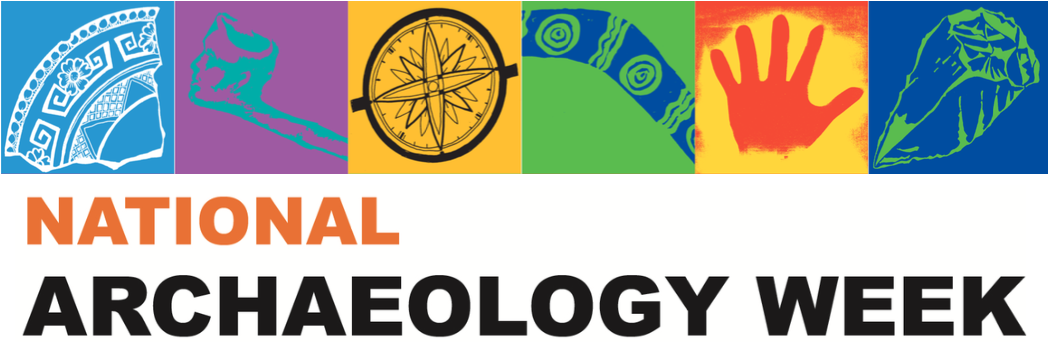Keir Strickland
Current position
Senior Lecturer, La Trobe University
Where did you study?
BSc Bioarchaeology & MA Archaeology, University of Bradford; PhD, Durham University; PG Cert in Higher Education, University of the Highlands & Islands (all UK)
How did you become interested in archaeology?
I've been fascinated by the past for as long as I can remember, and distinctly remember telling my swimming teacher, when I was about 7, that I was going to be an underwater archaeologist when I grew up (never quite got around to the underwater bit). As a kid, the Usborne Illustrated History books introduced me to countless past worlds, further fleshed out and brought to life by the historical novels by the likes of Rosemary Sutcliffe, Henry Treece, Kathleen Fidler et al.. All of which set me on the path to studying archaeology at uni (after a brief flirtation with Law...).
What archaeological projects are you working on at the moment?
My current work is focussed upon the emergence, forms, and mediaeval failures, of Sri Lankan urbanism - but covid really stopped all of that work, so we're now back in the stages of getting things back up and running again, and I'm very much looking forward to getting back to the incredible urban landscapes of Anuradhapura and Polonnaruva and their short-lived successors later this year.
Tell us about one of your most interesting archaeological discoveries.
My first job after graduating from my undergraduate degree was on a motorway project in the north of England, and I spent almost 3 months excavating an incredibly sterile stretch of Yorkshire fields (Mediaeval ridge and furrow and hundreds of "post-holes" (later determined to be natural solution holes). Then, one Friday in late August, I was moved to a couple of miles down the road to a recently exposed cremation-urn in the centre of a penannular gully cut into bedrock. I spent the day carefully excavating and recording the rock-cut gully, looking forward to starting work on the cremation urn on Monday.
The next week, an incredibly well preserved Iron Age chariot burial was found on that site (google "Ferry Fryston chariot"). The 2000 year old chariot belonged to the Arras Culture, and at the time was both exceptional in its condition and how far west it was found.
But unfortunately, I'd already been moved to a new site in the south of England (machine watching 20-odd trial trenches in Cambridgeshire fields ahead of a rowing canal) - so never got to excavate the cremation, and never saw the chariot burial in the flesh (so to speak)...
Tell us about a funny / disastrous / amazing experience that you have had while doing archaeology.
Well, my dug-out canoe once sank in a crocodile infested lake on the way back from recording a Buddhist monastic site in the jungle of northern Sri Lanka. Luckily both the archaeologists and our electronics all survived with nothing worse than some very wet boots.
What’s your favourite part of being an archaeologist?
I love doing fieldwork, finding and excavating new sites, the process of interpreting and sharing that data... But I also love teaching - working with dedicated and enthusiastic (for the most part at least!) students, and watching them go on to build their own careers. That said, as much as I love teaching, I really loathe marking...

